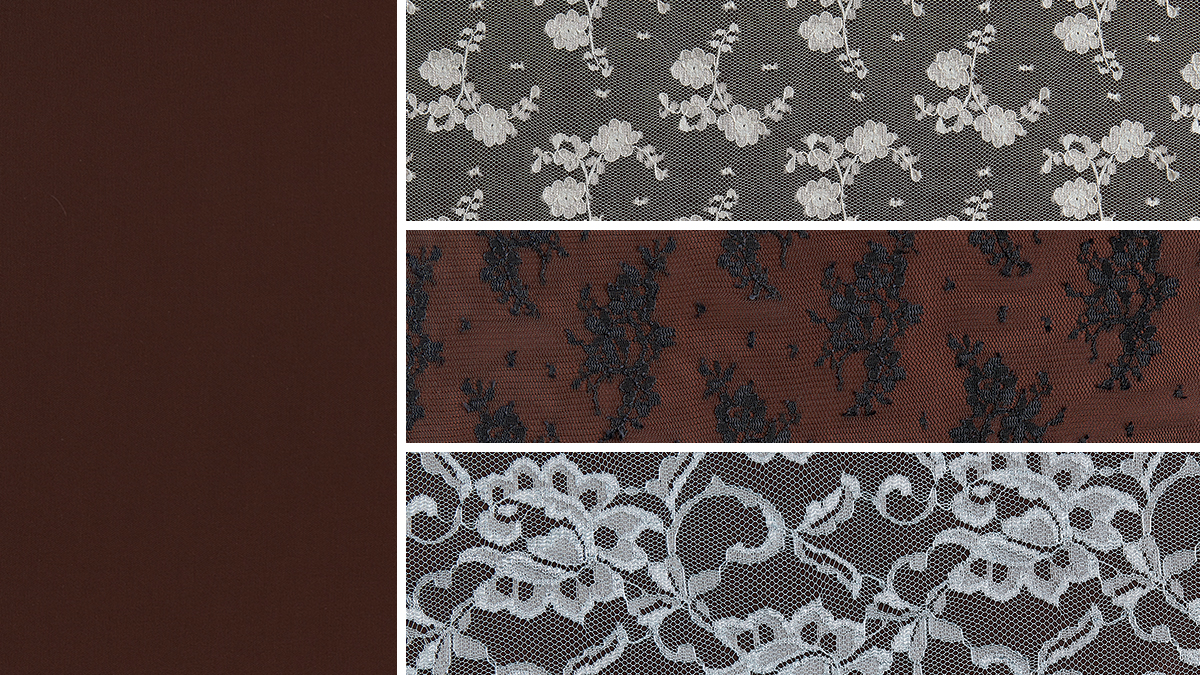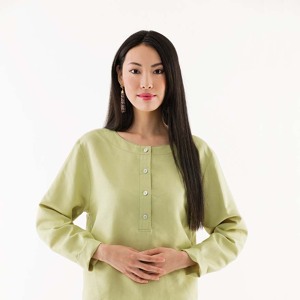Learn How to Create a Sheer Illusion
Skin-tone linings seem to disappear
When you can wear a dress that is perfectly proper but you still make heads turn, it’s a good night out. This vintage gown features black sequined embellishments encrusted on a sheer net foundation. It’s almost entirely transparent, but the dress is likely to have been worn over some type of slip or other foundation garment for modesty.
This sheer effect has been a popular look on fashion runways and on red carpets in recent seasons. If you want to try it but aren’t ready to bare all, consider some of the options below. Some thoughtful material choices and construction techniques make a dress that looks more daring than it is.

Reveal or conceal your legs
On this gown, the skirt is made of gathered netting. How sheer you keep the skirt is up to you.
Gather more or less
The gathers provide some opacity on the upper skirt, but where the net swings freely, the legs’ contours show through for an elegant peekaboo effect. The denser the gathers, the more coverage that’s provided.
Choose length of coverage
Depending on the bodice shape and length, the dress may not expose more than a miniskirt does, even with a transparent skirt. If the bodice doesn’t extend low enough, consider lining the skirt. A recent trend under full-length sheer skirts is a short lining; you can opt for this, or you can line the skirt to the floor.
Underline for modesty
To maintain a sheer effect in the lace bodice, select underlayers that match the wearer’s skin tone. They’ll read as bare skin, rather than lining.
Fabric options
Choose soft, light fabrics such as silk crepe de Chine, china silk, Ambiance rayon lining, cotton lawn, or batiste. You can even dye or purchase a fine silk knit to match your skin color perfectly. Select a fabric that can support the lace overlay without changing its hand in unwanted ways. Decide whether you want a matte lining or one with a subtle sheen.
Benefits of the underlayer
Underlining conceals the dress’s construction details, such as seam allowances, stays, zippers, boning, and built-in bust cups. It adds strength to stress areas, such as seams, darts, and closures. An underlining also protects skin from scratchy lace edges, beads, or sequins.
Simply cut the underlining to match the pattern pieces used for the dress. Baste the underlining to the fashion fabric’s wrong side, then treat the layers as one. Underline only the sections you want to be opaque.
You can use an underlining with or without an additional lining, depending on the dress’s construction. Leave sleeves, necklines, and strategic cutouts unlined, if desired.
Judith Neukam, a Threads contributing editor, has a wide range of experience in garment construction.







































Log in or create an account to post a comment.
Sign up Log in